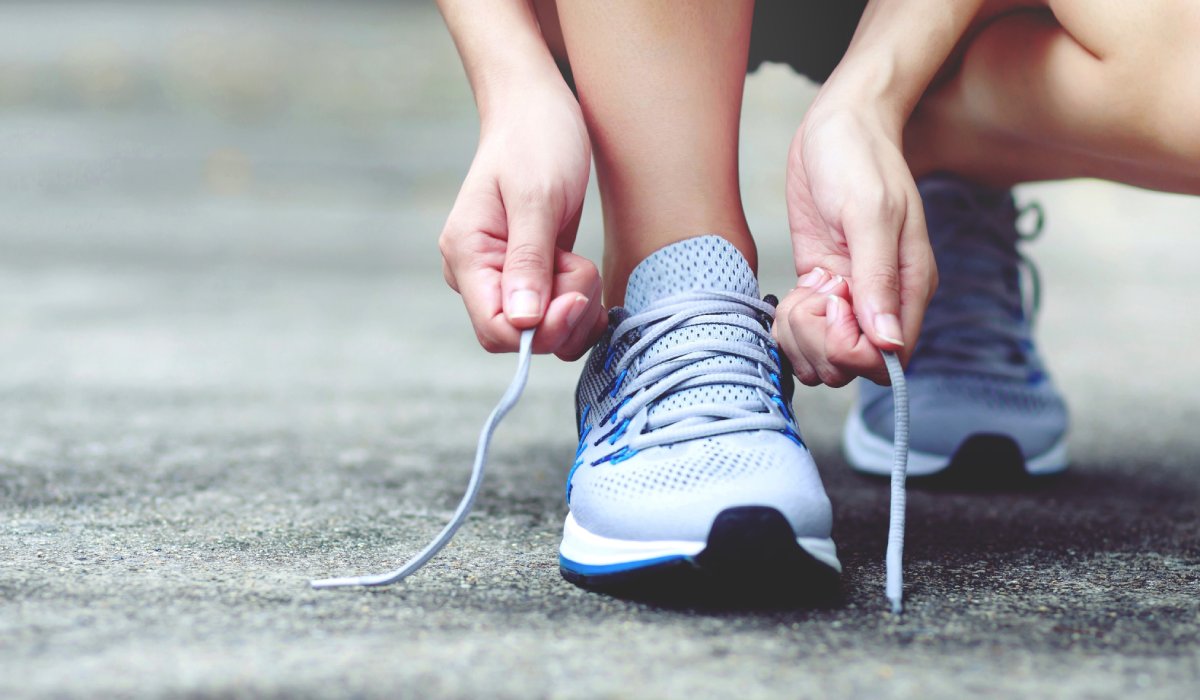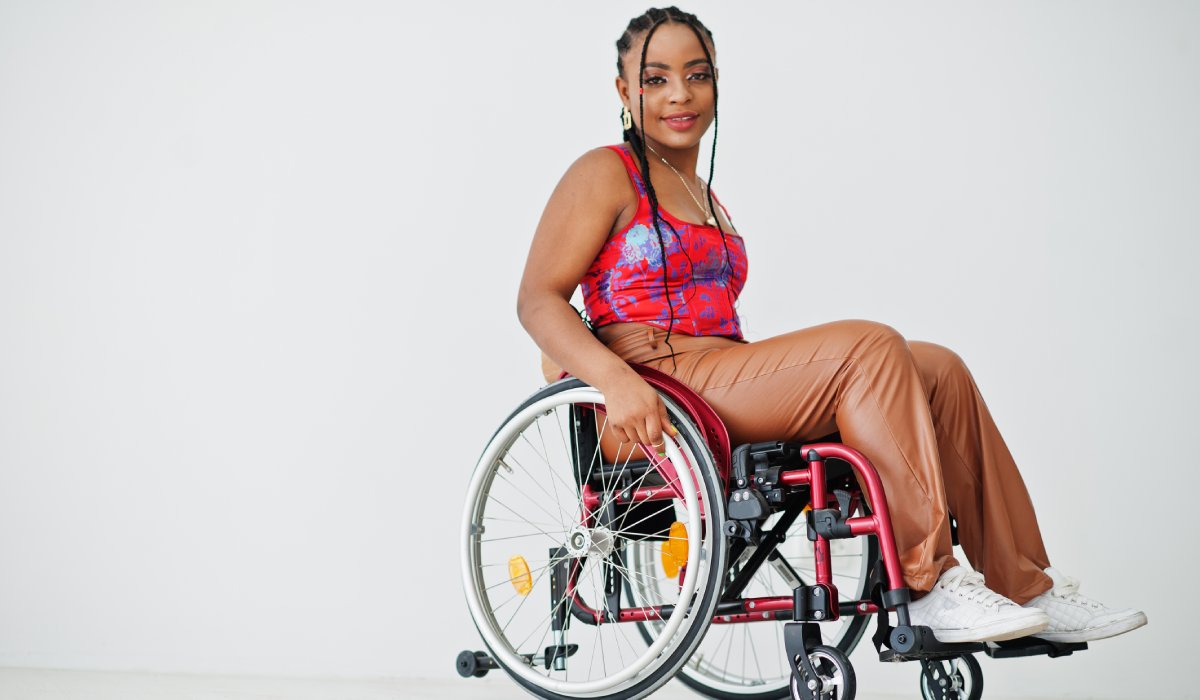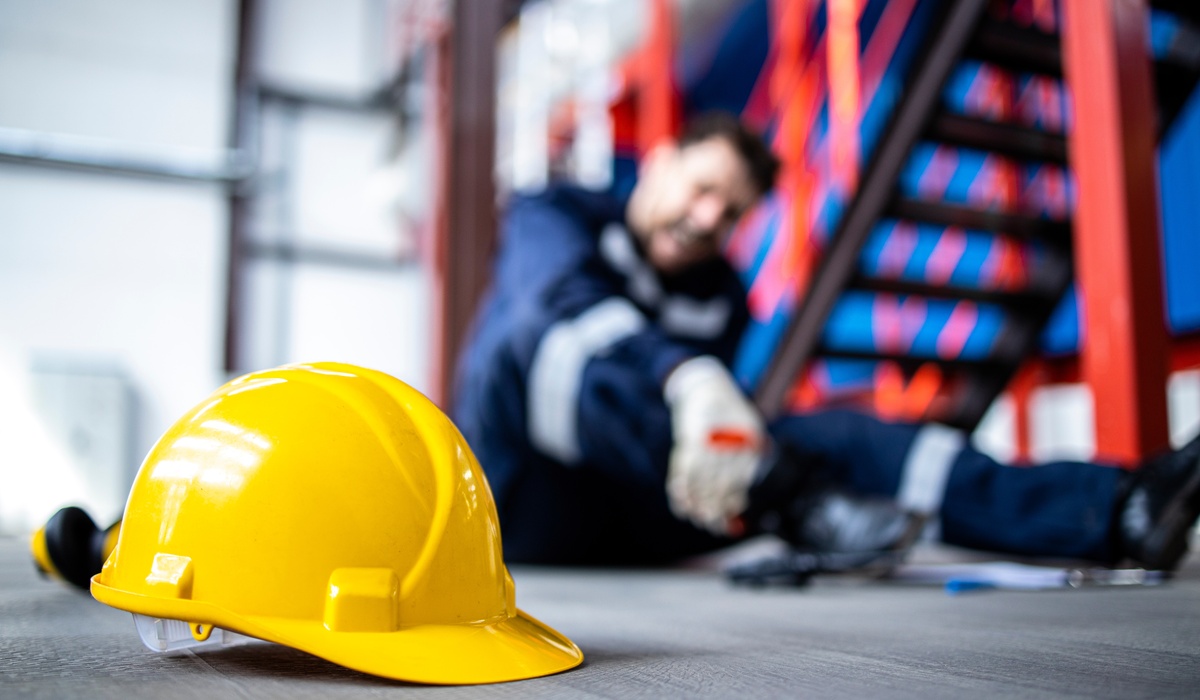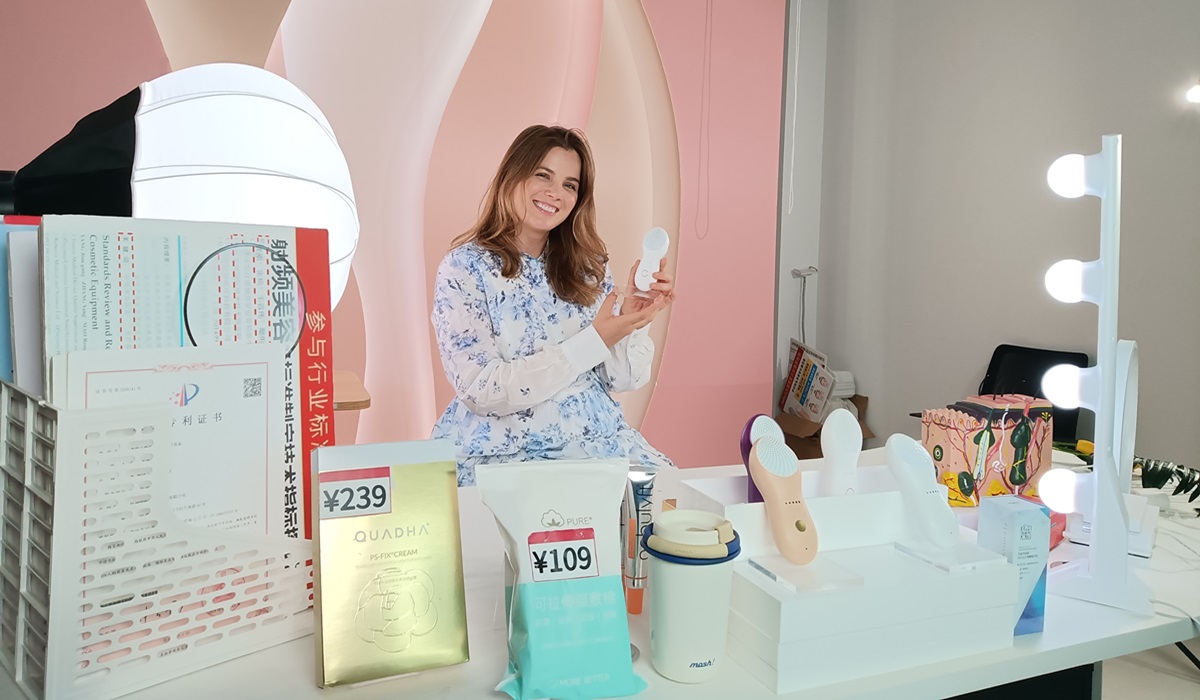Running is a beautiful sport. It gets you outside and performing endorphin-boosting cardio. As a result, you get to stay fit and feel happy in the process. Best of all, you don’t need more than a pair of basic tennis shoes to get started. That said, if you’ve been running for a while now, you probably want to upgrade your kicks. Engineered shoes offer better comfort, speed, and injury-prevention than those beat-up sneakers you’ve had forever.
Here, we review nine key performance features you might want in your next pair of running shoes. We’ll discuss what each feature offers and how to decide if it’s a good fit for your training needs and goals. Let’s get started!
A Tailored Heel Drop
Heel drop, also known as offset, is the height difference between the heel and the forefoot of a shoe. This measurement, usually given in millimeters, affects how your foot strikes the ground. Different heel drops encourage different running forms.
A high drop (8 mm or more) elevates the heel, which can make a heel strike more comfortable. Many traditional running shoes feature a high drop, as it can reduce strain on the Achilles tendon and calf muscles. If you’re a consistent heel striker, this might be a good fit.
Lower-drop shoes (0 mm to 7 mm) promote a midfoot or forefoot strike. This can lead to a more natural running posture. Many serious athletes swear by lower heel drops, but runners transitioning to a lower drop should do so gradually to allow their bodies time to adapt and avoid injury.
Distance-Based Stack Height
Stack height refers to the amount of material between your foot and the ground. It’s measured at both the heel and the forefoot. Shoes can have low, moderate, or high stack heights.
High-stack, or “maximalist,” shoes offer a large amount of cushioning. Think Hokas! This design aims to absorb impact, providing a soft and protective ride. This type of shoe is best for long-distance runners because it mitigates the effects of compounding joint impact.
Low-stack shoes offer less cushioning and a more direct feel for the ground. Proponents suggest this enhances proprioception—your body’s awareness of its position in space—and strengthens foot muscles. But it could also elevate your risk of knee injury.
Supportive Cushioning
Not all cushioning is created equal. The foam used in a shoe’s midsole determines its feel and energy return. The most common materials are EVA (ethylene vinyl acetate) and TPU (thermoplastic polyurethane).
EVA foam is lightweight and flexible, offering a soft feel. However, it eventually compresses over time and loses its responsiveness. TPU foam is heavier but more durable and provides a bouncier, more responsive ride. It returns more energy with each footfall, which can make your run feel more efficient. The right cushioning for you depends on whether you prefer a soft, plush ride or a firm, springy one.
Carbon Plates
Carbon-fiber plates are a relatively new technology in running shoes. These stiff plates are embedded within the midsole foam. They act like a lever, propelling you forward and improving running economy.
The plate works by storing and returning energy. As your foot rolls forward, the plate bends and then quickly snaps back, creating a propulsive effect. This can lead to faster running times, especially at race paces.
These shoes are often designed for competition rather than daily training. They are expensive and not necessary for casual runners or occasional competitors. However, if you are looking to set a new personal best, carbon-plate shoes might be worth it for triathlons or other long road races.
Well-Placed Outsole Rubber
The outsole is the bottom layer of the shoe that makes contact with the ground. Its primary jobs are to provide traction and prevent the ground from quickly eating through the bottom of your shoes.
Some shoes use a full-length rubber outsole for maximum durability and grip. This is common in daily trainers designed to log many miles. The trade-off is often increased weight.
Other shoes use strategically placed rubber pods in high-wear areas, like the heel and forefoot. This reduces weight while still providing traction where it’s needed most. Consider the surfaces you typically run on—road, trail, or track—when evaluating a shoe’s outsole.
Extremely Breathable Upper Material
The upper is the part of the shoe that encases your foot. A well-designed upper should be breathable, comfortable, and secure. Most modern running shoes use an engineered mesh or a knit material. The best upper for you is one that feels like it disappears on your foot, allowing you to run without distraction.
Stability Features
Runners’ feet move in different ways. Many people overpronate, meaning their feet roll excessively inward after landing. A smaller percentage of people underpronate (or supinate), which means their feet roll outward upon landing. Very few runners have a perfectly neutral gait. Stability shoes exist to counteract both problematic motions.
For overpronation, shoes might include a firmer section of foam on the medial (inner) side of the shoe. This is known as a medial post. Another approach is using guide rails—firm foam on both sides of the heel—to help keep the foot aligned.
Pro Tip
Get a gait analysis at a specialty running store to determine if you need stability support. The right support can help you recover from injury faster and prevent new ones from occurring.
Exaggerated Rocker Geometry
Rocker geometry refers to a shoe’s curved sole shape, which helps your foot roll smoothly from heel to toe. An exaggerated rocker design promotes a more efficient gait cycle and can reduce the workload on your calf muscles.
Many modern running shoes, especially those with high stack heights, incorporate a full rocker design. It can make the shoe feel less clunky and nimbler.
Heel Counter
The heel counter is a firm, plastic insert that wraps around the back of your heel. Its purpose is to lock your heel in place and prevent it from slipping inside the shoe. A structured, rigid heel counter controls excess motion at the rear of the foot, which can improve your comfort and performance.
Navigating the world of well-designed running shoes is a personal journey. Every body and every runner is unique, so there’s no one-size-fits-all shoe that will elevate performance across the board. That said, you might want to consider these performance features for your running shoes—they’re popular for a reason.
Try on different models, and remember to ask for expert advice at a running store. Taking the time to find the right shoe will support your health, comfort, and running goals. Best of luck!
Looking for more fitness- and wellness-related content? See more articles on the Fitness Foodie STL blog!









